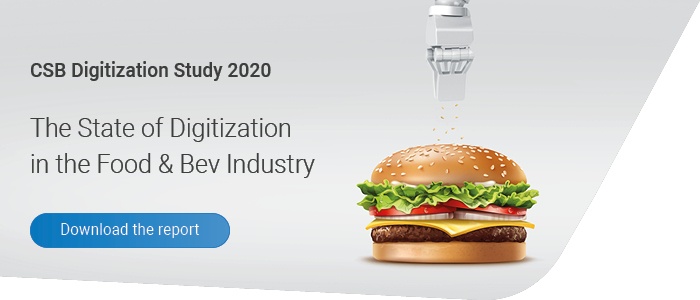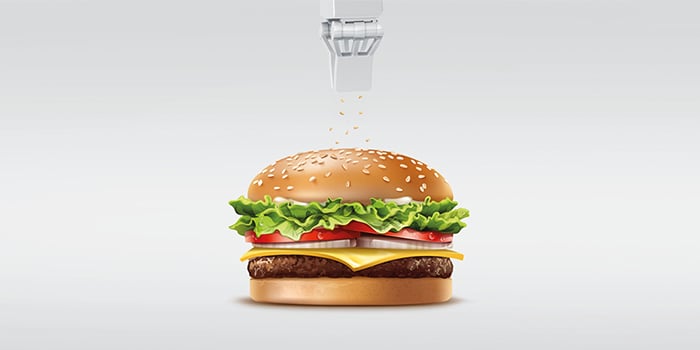The CSB-Digitization Study 2020 has analyzed the current state of digitization for food & beverage companies as well as the challenges and key trends of the industry. Three reasons why this topic is a key to success for decision-makers.
The pressure on pricing, changing consumer demands, and the strict legal requirements are the three main challenges for companies. This was the result of the CSB-Study on the digitization in the food & beverage industry, in which more than 100 decision-makers from Africa, Asia, Australia, Europe, South and North America participated. The strategy for the companies is clear. Most of them use digitization primarily to improve their management processes (66%), to make their organization more flexible (62%), and to optimize their processes in production and logistics (60%).
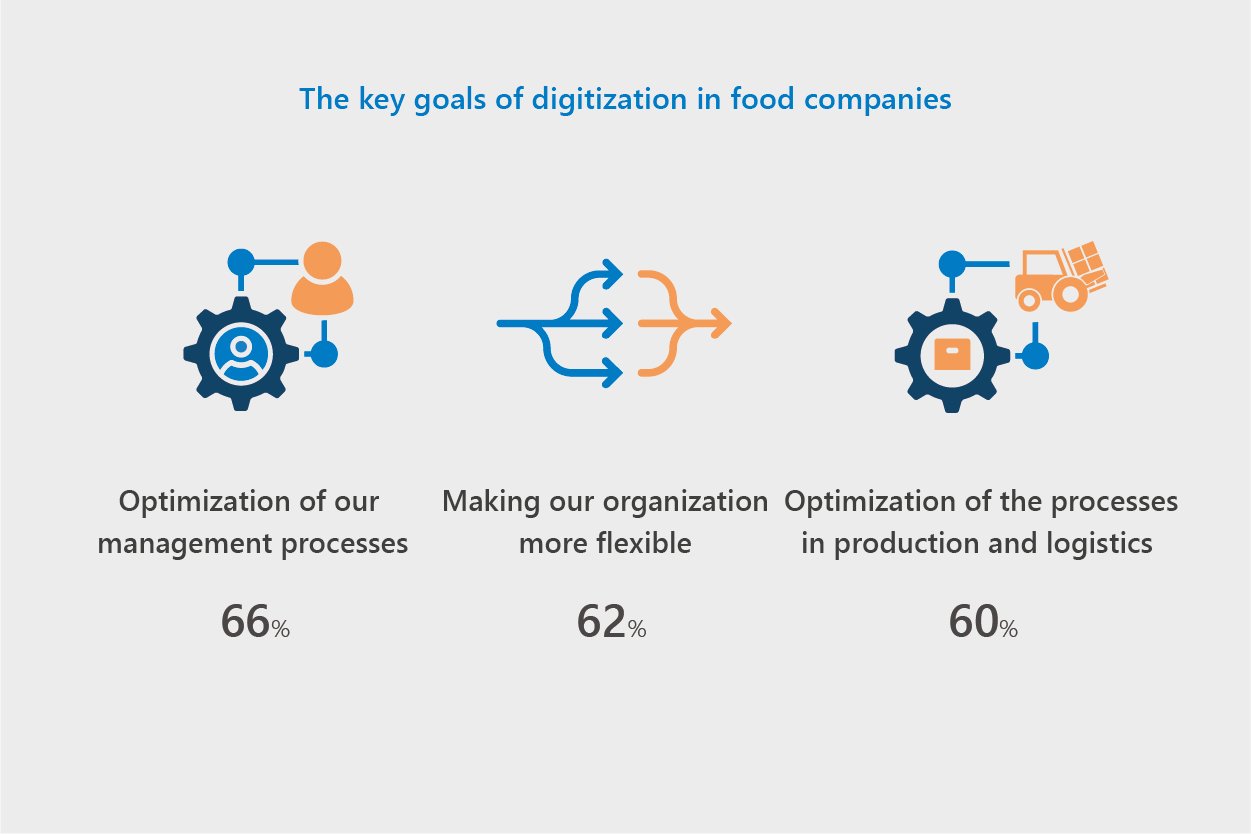
The focus of digitization is on the internal optimization of the enterprises. Very few companies have a comprehensive digital transformation on their agenda. How could they possibly do this if the manufactured food products are not virtual? Unlike in the finance sector, they could not be “digitized away”. Almost 30 percent of the surveyed participants from the food industry do not use digitization at all to create new products or services. Among the respondents, 2.5 percent currently generate a sales share of 20 percent with digital products and services. Although a digital disruption in the food and beverage industry is rather unlikely, carrying on with business as usual would be a delusion. For three reasons:
1. Digitization and automation reduce costs
If the greatest challenge is the pressure on pricing, the objective should be to increase efficiency. This is where companies see the cost potentials along the entire value chain: 66 percent in purchasing, 64 percent in production, and 55 percent in logistics. Consequently, supply chain management has come into the focus of digitization. Only 24 percent of the respondents are satisfied with the state of digitization they have achieved, while 27 percent continue working on further digitization. Speaking of costs, only 28 percent of the companies think this is what impedes their way to further digitization. Major hurdles are the lack of employees and employee skills (according to 53 percent of the respondents), missing knowledge of the technical possibilities (44 percent), and the corporate culture (43 percent).
2. Digitization is vital for the interaction with the trade sector and the consumers
What is striking is the increasing focus on the consumers. In terms of challenges, their demands outranked the strict requirements of the food retail trade, and those of the law. This is related to the growing end customer business, also via the web, and the increased availability of market data. By better understanding the end consumers, food producers enhance their competitive edge over their competitors as well as their bargaining position with the trade. The importance of the digitization in Sales, Marketing and CRM was underlined by the respondents: 73 percent state that they are using solutions or are planning to do so.
3. Digitization is not exactly rocket science, but existing technologies are far from being fully utilized
A main characteristic of the decision-makers in food companies is their practice orientation. This also becomes evident in the maturity of different technologies. Digital solutions are most used when they are beneficial in daily business. The ERP system and predictive maintenance show a high degree of development. While 58 percent are using an ERP system, 31 percent are planning, or keenly interested in, the implementation of a software system. The study also shows that the opportunities of an ERP system for digitization are not utilized in an ideal way or not yet recognized. Besides the classic application fields in controlling, for calculations and for planning processes, there are many more application possibilities on the top floor as well as on the shop floor.
The majority showed a great deal of interest in Artificial Intelligence and the Internet of Things, and yet these issues hardly play any role in planning and implementation. The same applies to the blockchain, which ranks last in the list of technologies. Obviously, the blockchain still is not relevant enough for the companies. Our study of last year showed a similar result.
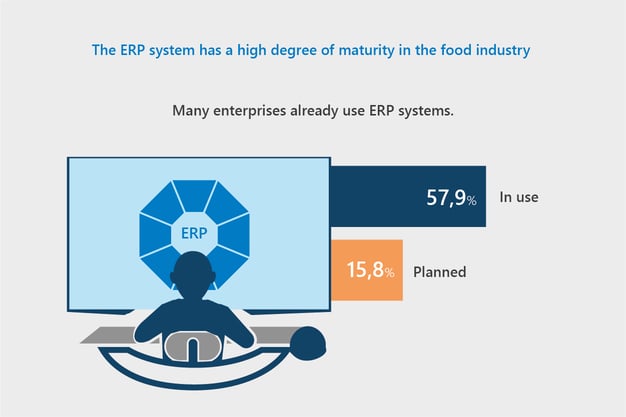
Three reasons for digitization - three ways to approach it
There is more than one solution, but we have uncovered at least three different approaches to digitization. In our study, we have identified three main types of decision-makers, each with different strategies: relations optimizers, ecosystem builders, and process engineers. Process engineers are the biggest group in the survey. They use digitization measures mainly to further improve efficient processes. The strategy of the relations engineers is primarily based on good customer relations. The existing relations network should be strengthened and continuously optimized through personalization. In addition, the communication with the customers and the awareness of their needs play an important role for this group. Ecosystem builders favor a strategy of new partnerships. They see their strategic strength in a mix of an excellent product and good customer relations. However, they prefer new cooperation models and partnerships much more than the other participants.
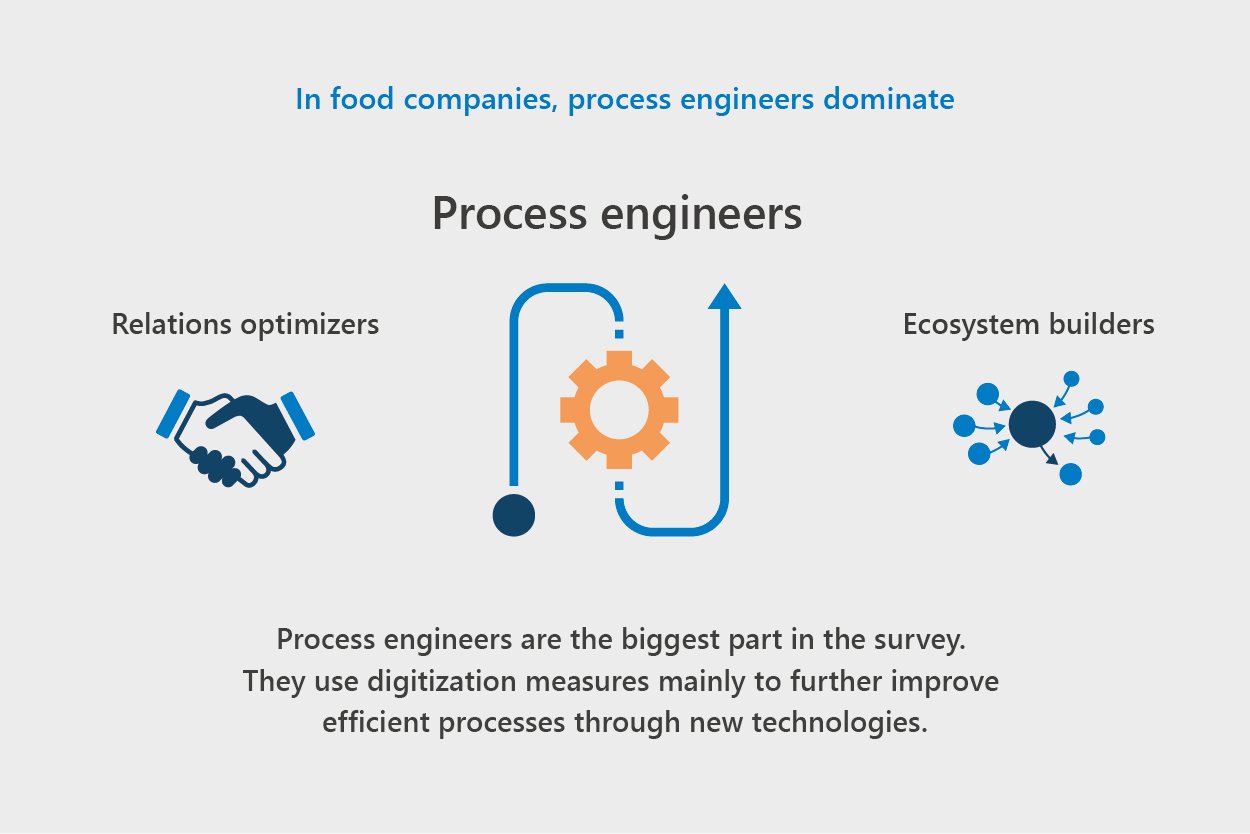
From hype to implementation
We have conducted the annual CSB-Digitization Study since 2017. In comparison with previous years, we found that the percentage of respondents investing more in IT and technologies is growing. Food producers have realized that combining digitized processes with good products will have an opportunity to grow, regardless of whether they are process engineers, relations optimizers or ecosystem builders. In any case, digitization is not a hype, but leads to practical action in the enterprises in the food and beverage industry.
Read more about our Digitization Study 2020
Our 20-page study report is full of facts and figures on the digitization in the food & beverage industry. By the way, the CSB-Digitization Study is the only annual and international survey on the current state and the future of digitization in the food and beverage industry. Download the current study report as well as the surveys of 2017 and 2018 free of charge at: 